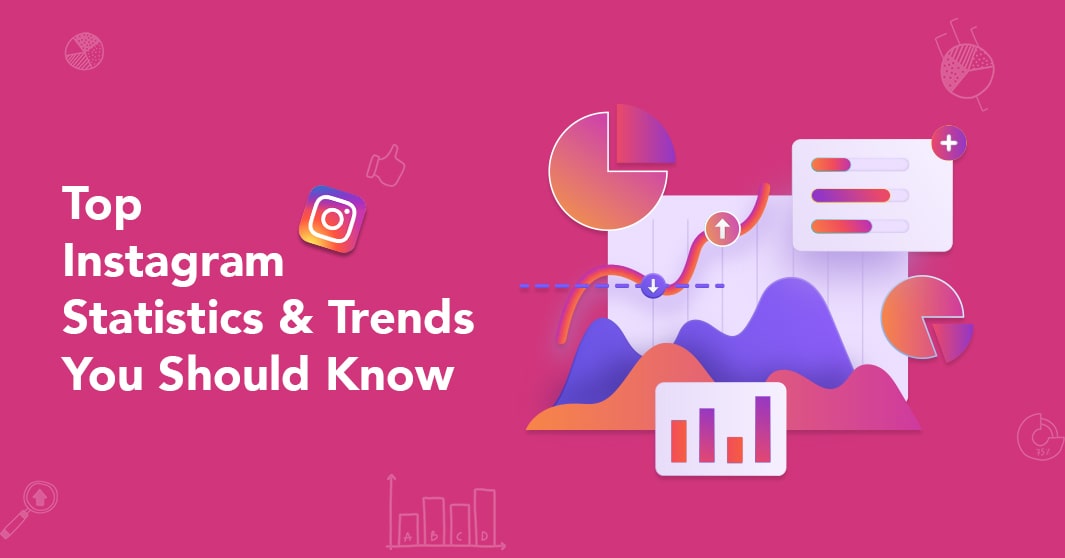The advent of e-commerce websites has flourished and revolutionized the online shopping space to a great extent. The emergence of countless online shopping portals has resulted in each website catering to the needs of the larger lot and serving a specific purpose. Online shopping platforms have indeed significantly impacted the lives of online shoppers in India. These shopping destinations work towards making shopping a seamless experience.
In time, much has changed and there has been extraordinary growth in the online shopping space. Majority of the people prefer purchasing products online for it is convenient and there are endless store collections. The intent has always been to make the shopping journey smooth and easily accessible. Some resort to buying products online for valid reasons.
Drawing the attention of users has never been an easy task. To get prospective customers and retain them is indeed not that simple. In order to get better at the game, online shopping portals came up with multiple creative ways to engage their customers, be it by promoting online offers and sales. The mission has always been to help shoppers save and shop better. And what better way to save than the sale period itself? No wonder customers keep coming back for more.
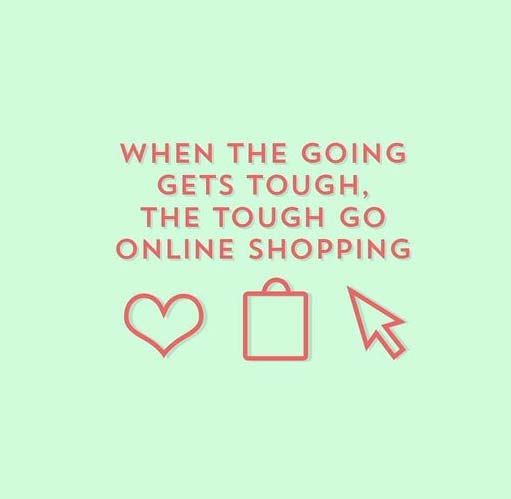
Shopping and sale, are the two most important words you can’t miss out on the shopaholic’s dictionary.
Slashed prices, discounted goodies, a cart full of products, expanding wish lists, no pockets burned, excited beings, and a happy soul; that’s exactly how shopping during the sale season looks like. Frequent shoppers have always looked forward to the sale period. It is the time of the year when almost everything’s on sale. The time of the year when offers, wishlists, category preferences, preferred brands, decision factors, purchase preferences, and shopping tendencies matter! We conducted a survey that focuses on the importance of a customer-driven sale. What do shoppers want in the upcoming sale? How much are they willing to spend? Let’s find out.
Sale Time: Discovering Customer Needs and Shopping Patterns
1. Shopper Demographics and Preferences

Shopper Demographics and Purchase Preferences
- When you always thought ladies preferred shopping more, think again. Surprisingly, men are upping their game in the shopping zone. And who said old age could affect your online shopping skills? It looks like the elders love shopping too.
- When it came down to purchase preferences, shoppers turned out to be loyal to Electronics and Fashion, followed by home appliances and beauty products.
- The ‘Factors Affecting Purchase Decisions’ column clearly indicates that Sale Price is one of the most imperative reasons that shoppers consider before buying anything. While built quality and product features followed suit.
- More than 50% of the online buyers preferred to spend in the price range of 1-5k. While up to 15% of the lot chose to shell out about 5-10k.
2. Different Shoppers, Saving Patterns, and Wish Lists

Different Shoppers – What kind of buyer are you?
- People usually tend to buy something right away if it’s for sale that they’ve been wanting to buy for a really long time. However, it turns out shoppers with a purchasing capacity of 1-5k add their products to the cart and wait for the prices to drop and also use coupons/offers most of the time. Most people have a list in place, they compare a few products before they actually get anything online.
- Out of the total who took the survey, the majority of the lot loved saving and preferred using coupons during their buy.
- When the talks were about wish lists, both men and women used wish lists most of the time, most likely spending 1-5k only.
- Shoppers usually wait for less than a month to get their wish list products, if not that, then it is 1-3 months.

Waiting Time & Purchase Scenes
3. The Shopping Game and Sale Period
- Overall, Women spent more during the sale period. However, when it came to the purchase bracket of 1-5 k Men topped it.
- Offers, affordability, popular brands, more options, no no-cost EMIs are some of the main reasons why shoppers absolutely love the sale.
The Stats Corner: Key Findings and Analysis
Spending Patterns

- As per the survey, about 52.9% of the population tends to purchase in the price range of 1k-5k, followed by 14.9% who spend 5k-10k.
- Out of the total 58.18%, 25.45% female and 32.73% male are willing to spend in the range of 1-5k. While about 16.36% of females and males were willing to shell out 5k-10k during the sale period.
Frequent Mind Shifts
About 42.50% of the population usually tends to change their mind while/ before purchasing any product, out of which, 23.33% were female and 19.17% were all male. Female tend to change their mind more often in comparison to the male lot. We all know how women are when it comes down to shopping.
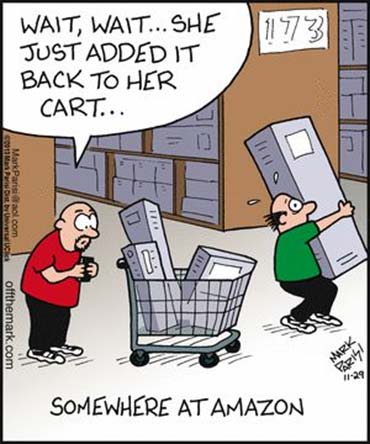
Battle Of The Categories
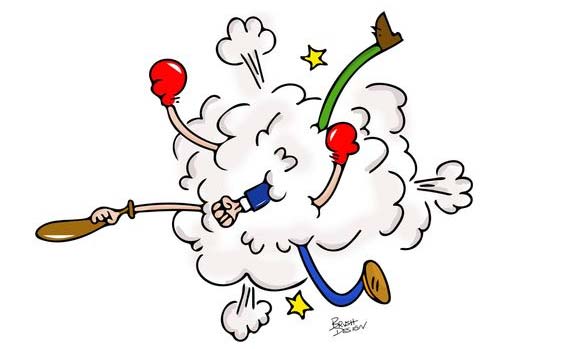
- First place, it was a draw between Fashion and Electronics. The second place went to Home Appliances. The third spot was secured by the health and fitness category. Followed by Beauty and Furniture.
- Fashion and Electronics were most preferred by the 18-25 age group, followed by the 26-35 age group. The next most preferred category was cosmetics in the 18-25 group.
Offers and Discount Preferences
- 65% of people are most likely to use coupons during the sale period.
- Out of the possible total of 64.7% who most frequently used coupons or offers while their purchase, was 29.41% females (17.64% between the age group 18-35age), 35.3% males (21% in the 18-25 age group,11.66% in 26-35 age group, 2% in 36-50 age group) use coupon code.
The Game of Wish Lists

60% of the crowd add products to their wish list.
Who has more patience? What does their budget look like?
- Women tend to wait longer and eventually buy it if it is in the range of 1-5k
- Men choose to wait for a lesser period of time to purchase their wishlist products
Notes:
- Out of all the females who add the product to their wishlist, a possible 12.49% stick to the budget of 1-5k.
- A total of 13.32% of male who use their wishlist, have a price cap of 1-5k.
Understanding Frequent Wish List Users
- Women tend to wait for a period of 1-3 months in hopes of the prices of wishlist products dropping and then purchasing.
- Men, wait for less than a month to purchase affordable rates. Aren’t men that patient or is it really easy for them to get products at a lesser rate?
Kinds of Shoppers
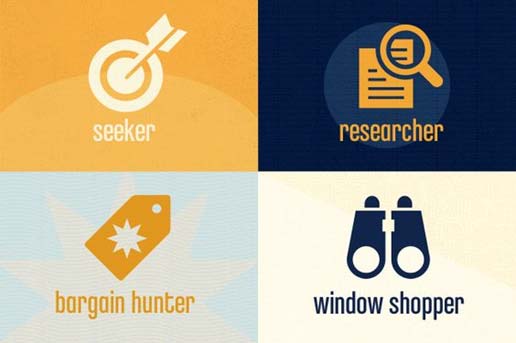
- The patient one: 24% of the lot who add products to the cart and wait for the prices to drop.
- The planner: 41.3% of the lot who have a list in place, compare and only buy.
- The one who needs to ‘Have to all’: 14% of the lot who see the product and buy it right away.
- The content one: 20.7% of the lot who buy only what they need.
Purchase Decisions
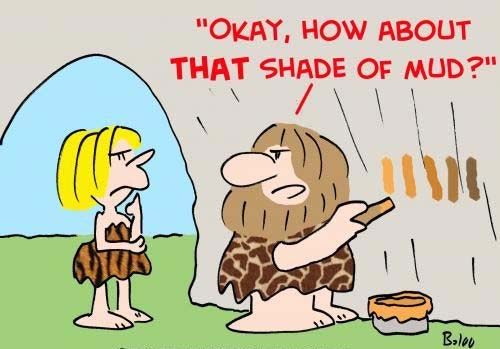
Highest picked factors in a particular order, Sale Price, Product/ built quality, product features, requirement needs, and the need to keep you with the trends.
What Influences Shopper Behaviour?
Shopper behavior is a complex interplay of various factors that drive individuals to make purchasing decisions. Understanding these influences is crucial for businesses seeking to tailor their strategies to attract and retain customers. Here are some key factors that influence shopper behavior:
Psychological Factors:
- Perception: How shoppers perceive products and brands, including their quality, value, and reputation.
- Motivation: The underlying needs, desires, and goals that drive individuals to make a purchase.
- Attitudes and Beliefs: Personal values and opinions about products, brands, and shopping experiences.
Social and Cultural Factors:
- Culture: Cultural norms, values, and customs can significantly impact product preferences and shopping behavior.
- Social Groups: Influence from family, friends, and reference groups can affect product choices and brand loyalty.
- Social Media: The power of online social networks and peer recommendations in shaping opinions and decisions.
 Economic Factors:
Economic Factors:
- Income: A person’s financial resources dictate their purchasing power and spending habits.
- Price and Discounts: Pricing strategies, discounts, and perceived value play a pivotal role in decision-making.
- Economic Conditions: Economic stability or instability can impact overall consumer confidence and spending patterns.
Personal Factors:
- Age and Life Stage: Different age groups and life stages have varying needs and preferences.
- Gender: Gender-specific products and marketing approaches often influence purchasing decisions.
- Lifestyle: Hobbies, interests, and daily routines shape the types of products individuals seek.
Environmental Factors:
- Store Layout and Design: The physical store environment can influence shopping behavior, from product placement to lighting and ambiance.
- Online Shopping Experience: User interface, ease of navigation, and online reviews impact e-commerce decisions.
How to Encourage Customers to Participate in Sales Online?
Driving customer participation in online sales is essential for businesses looking to boost revenue and engage with their audience effectively. Here are some strategies to encourage customers to participate in online sales:
Personalized Offers:
Tailor promotions and discounts to individual customer preferences. Use data analytics to identify their buying history and interests, then send personalized offers and recommendations.
Limited-Time Offers:
Create a sense of urgency by promoting time-limited sales events, flash sales, or exclusive early-bird discounts. This encourages customers to act quickly.

Loyalty Programs:
Reward repeat customers with loyalty programs that offer points, discounts, or exclusive access to sales. Customers are more likely to participate when they feel valued.
Email Marketing:
Send well-crafted email campaigns that highlight upcoming sales, exclusive offers, and product launches. Include visually appealing content and clear calls to action.
Social Media Engagement:
Use social media platforms to build anticipation and engage with your audience before and during sales events. Run contests, giveaways, and live Q&A sessions to create buzz.
Gamification:
Incorporate elements of gamification, such as spin-the-wheel discounts or interactive quizzes, to make the shopping experience more fun and rewarding.
User-Generated Content:
Encourage customers to share their purchases or reviews on social media. Offer incentives like discounts for tagged posts or reviews.
Conclusion
Online shoppers hope to see more interesting products on sale along with higher discounts on their wish list products. Instead of only providing offers and concessions on big brands and more store collections, online stores can help customers make their wish lists come true. And also provide more bank offers and no-cost EMIs. Eventually, give them more reasons to shop and come back for more.







